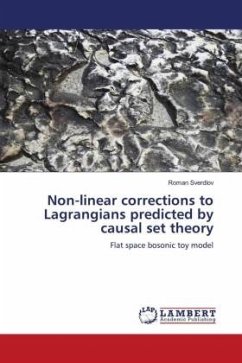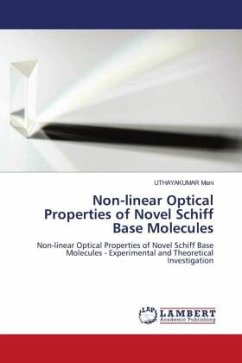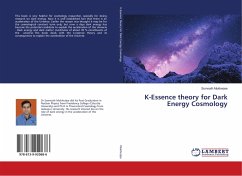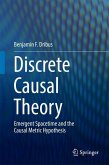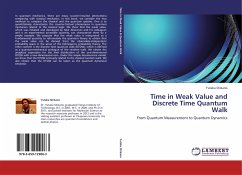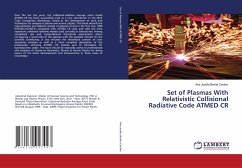One of the major weaknesses of causal set theory is lack of its predictive power. Due to the lack of large scale geometry, most causal set calculations are 10-100 point simulations. This makes it very difficult to reproduce simplest known results, let along make new predictions. One can "avoid" the above difficulties by simply "assuming" that manifold structure has emerged "somehow", without specifying how. Using this approach Sorkin successfully predicted cosmological constant. Nevertheless, for the best of my knowledge, there were no other testable results besides that. In this work it is proposed to predict non-linear correction to Lagrangian densities. In the previous work by the author, the manifold-based Lagrangians were generalized to general causal set. This involves the constructions not present in ordinary manifold based QFT. If we now "plug" these constructions "back" into a manifold, we will predict non-linear corrections to Lagrangians. This will result in potentially new predictions of causal set theory. These predictions would have to be (semi)classical since the corrections are non-linear and therefore non-renormalizable.

